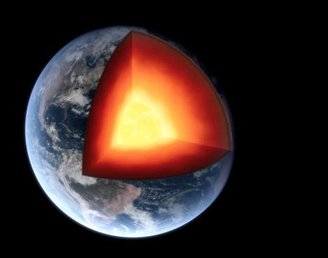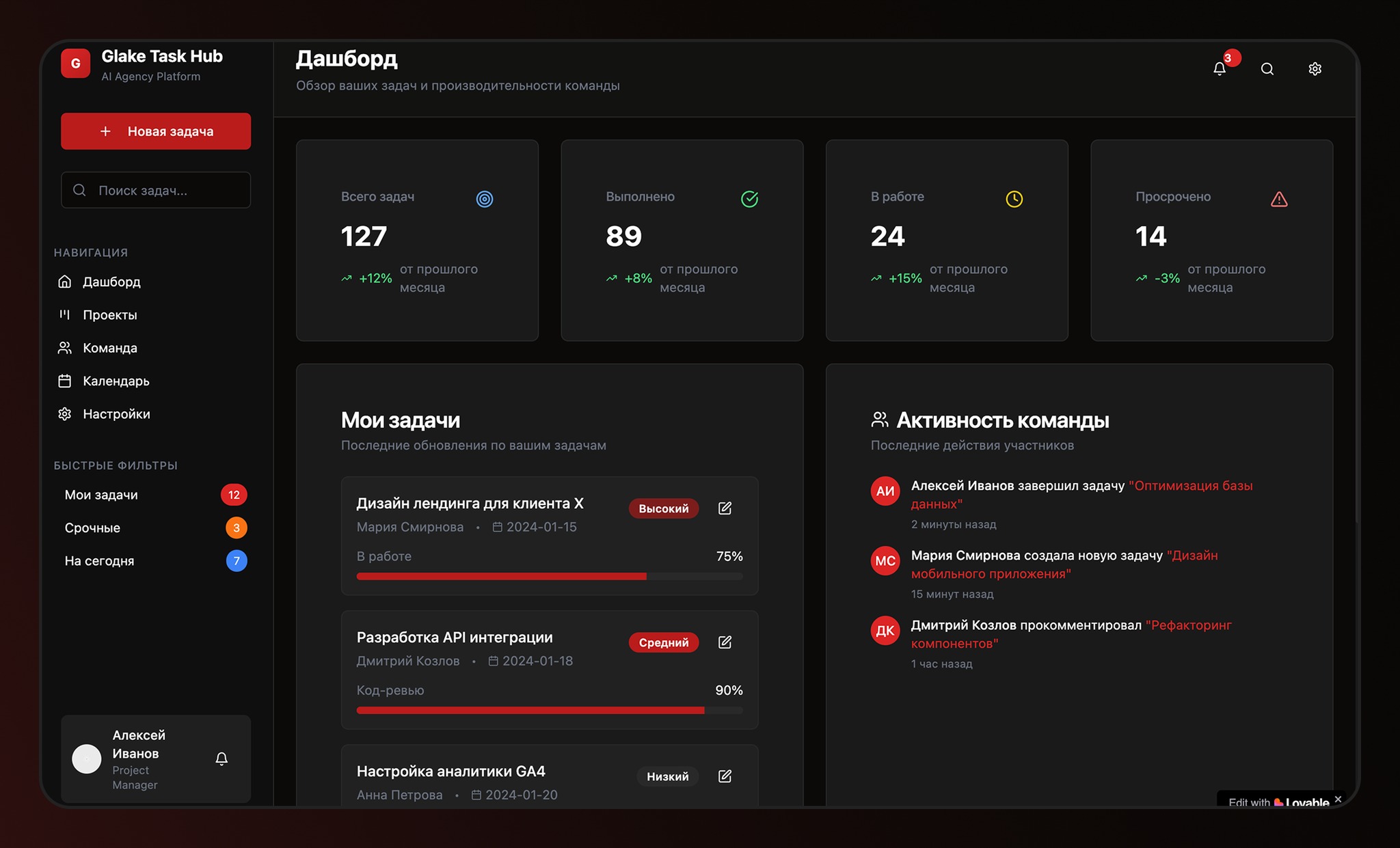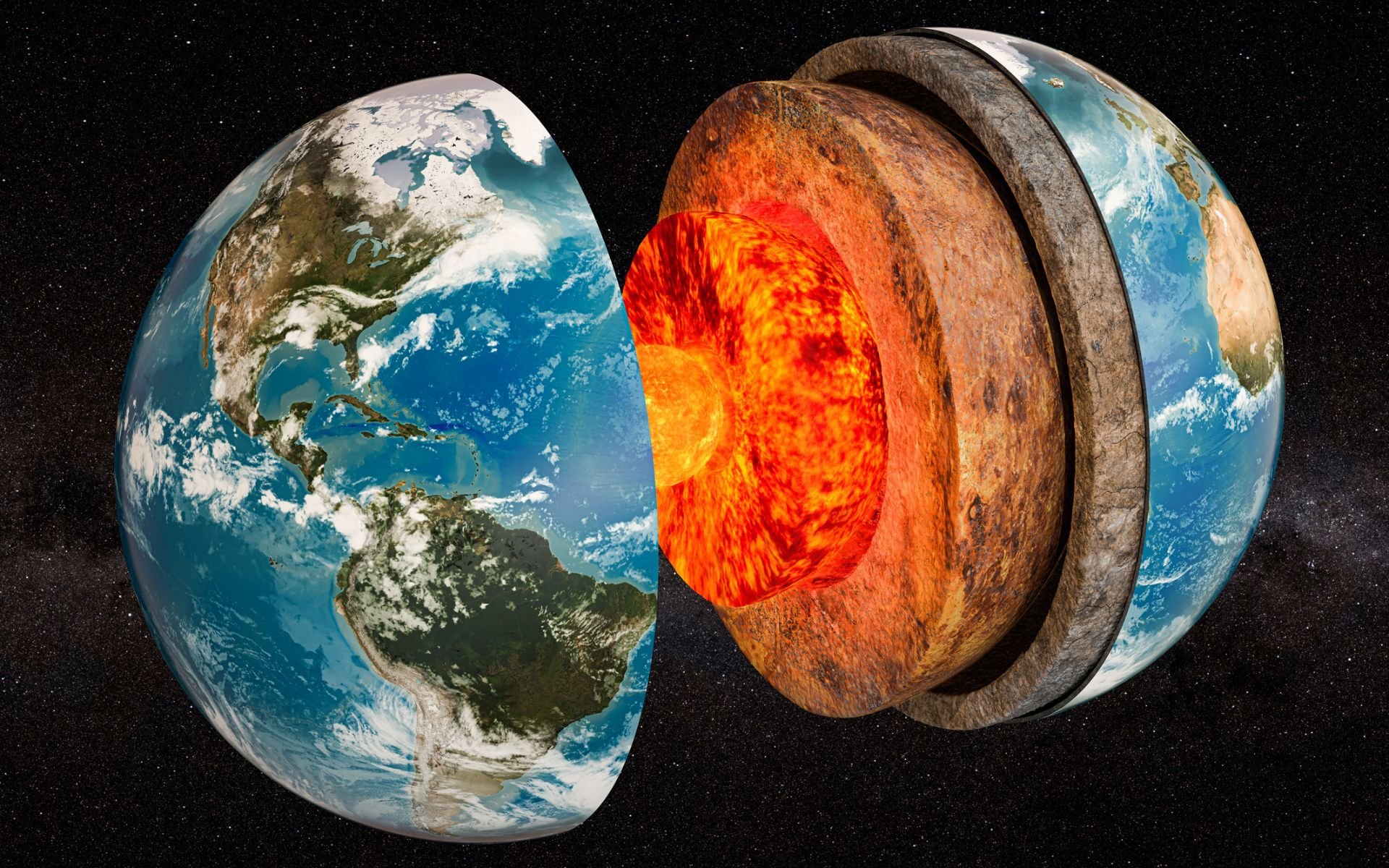The formation of the Earth occurred more than 4.5 billion years ago. In an orbital dance with the space rocks responsible for the building blocks of the planets in the Solar System. From this, the Earth developed with three main layers of rock; these are: crust, mantle and the earth’s core – the inner core lies between 5100 km and 6370 km below the surface.
After going through the entire primitive development process, the cosmic object reached a diameter of 12,756 kilometers. It is not surprising that researchers, engineers and geologists have serious difficulties drilling large holes in the surface.
For example, today the super-deep Kola well in Russia is considered one of the deepest holes ever drilled on Earth. After approximately 20 years of excavations, approximately 12.2 kilometers of drilling was done from the earth’s surface.
“What happens on the surface of the Earth is directly related to its interior. About 4.6 billion years ago, the Earth formed from a hot dust cloud orbiting a burning sun. As the planet cooled, denser elements concentrated in the planet’s core, while lighter elements formed the mantle. A thin, hard crust formed on the surface. “A continuous cycle of heating and cooling in the mantle drives the movement of plates on the Earth’s surface,” described in a publication from the California Institute of Technology (Caltech).
Although drilling 12.2 kilometers is considered a difficult task, this is not even half of what is needed to reach the first layer of the Earth. To reach the first layer, excavation professionals must dig a hole up to 100 kilometers deep. However, such a process is not yet possible with existing excavation machines.
One thought experiment that many scientists have already dreamed of is this: Would it be possible to dig a hole from one point on Earth to another?
There is no simple answer to the question, but TecMundo gathered information from experts in the field to explain a little more on the subject. Check out.
A hole in the world
To drill the first layer, professionals will need to dig up to 100 km, but the biggest problem will be pressure. Atmospheric pressure increases once for every three meters of excavation; So when there are many kilometers to dig, the pressure will increase significantly. For example, the pressure at the end of the Kola superdeep well can be 4,000 times higher than sea level.
In a hypothetical situation where scientists manage to excavate the first layer, They will still need to drill much more to reach the Earth’s mantle, which is about 2,800 kilometers thick.. So, if excavation of 12.2 kilometers of the super-deep Kola well took nearly 20 years, imagine how long it would take to dig into the mantle.
After digging a hole almost 2,900 kilometers deep, scientists would reach the beginning of the Earth’s core. They would reach the inner core of the planet after approximately 5 thousand kilometers.. From there, they would continue drilling through the rocks to return to the mantle and its first layer on the other side of the Earth.
“The farther you fall, the weaker gravity becomes, because more and more of the Earth’s mass is above you, canceling out the gravity coming from the other side of the Earth. Additionally, as you fall, air pressure increases, causing the air to exert more force against your movement. As gravity weakens and air resistance increases, your speed gradually decreases.”, describes a post on the website of West Texas A&M University in the United States.
Piercing the world from one end to the other
In addition to all the difficulties with the excavation equipment, the scientists would also face difficulties due to the extreme pressure and temperature.. The outer core itself consists of a hot cast iron alloy that can reach temperatures between 4,000 and 5,000 degrees Celsius; Therefore, equipment that will not melt during drilling will be needed.

The pressure in the inner core is so high that it keeps nickel and iron in a solid state even at extremely high temperatures; It is high enough to reach 350 million times atmospheric pressure.. After a certain point, the drill would begin to be pulled towards the core due to the Earth’s gravity. As it moves beyond the core the drill will have to fight against gravity as it will be pulled ‘up’ towards the surface.
There is currently no equipment powerful enough to drill through the entire Earth; Reaching the planet’s core is impossible with current technology. But if we imagine that it is possible and scientists create a tunnel across the planet, a theoretical high-speed journey would take only 42 minutes and 12 seconds to reach the other side.
Even if scientists managed to reach the inner core of the planet, they would have great difficulty reaching the other side of the planet. It was as if they experienced the same problems twice: First reaching the center, then leaving the center and reaching the opposite side of the excavation.
Did you like the content? Always stay up to date with other curiosities about our planet Earth on TecMundo. If you wish, take the opportunity to learn more about the new layer of the Earth that may have formed by chemical reaction with water.
Source: Tec Mundo
I’m Blaine Morgan, an experienced journalist and writer with over 8 years of experience in the tech industry. My expertise lies in writing about technology news and trends, covering everything from cutting-edge gadgets to emerging software developments. I’ve written for several leading publications including Gadget Onus where I am an author.












